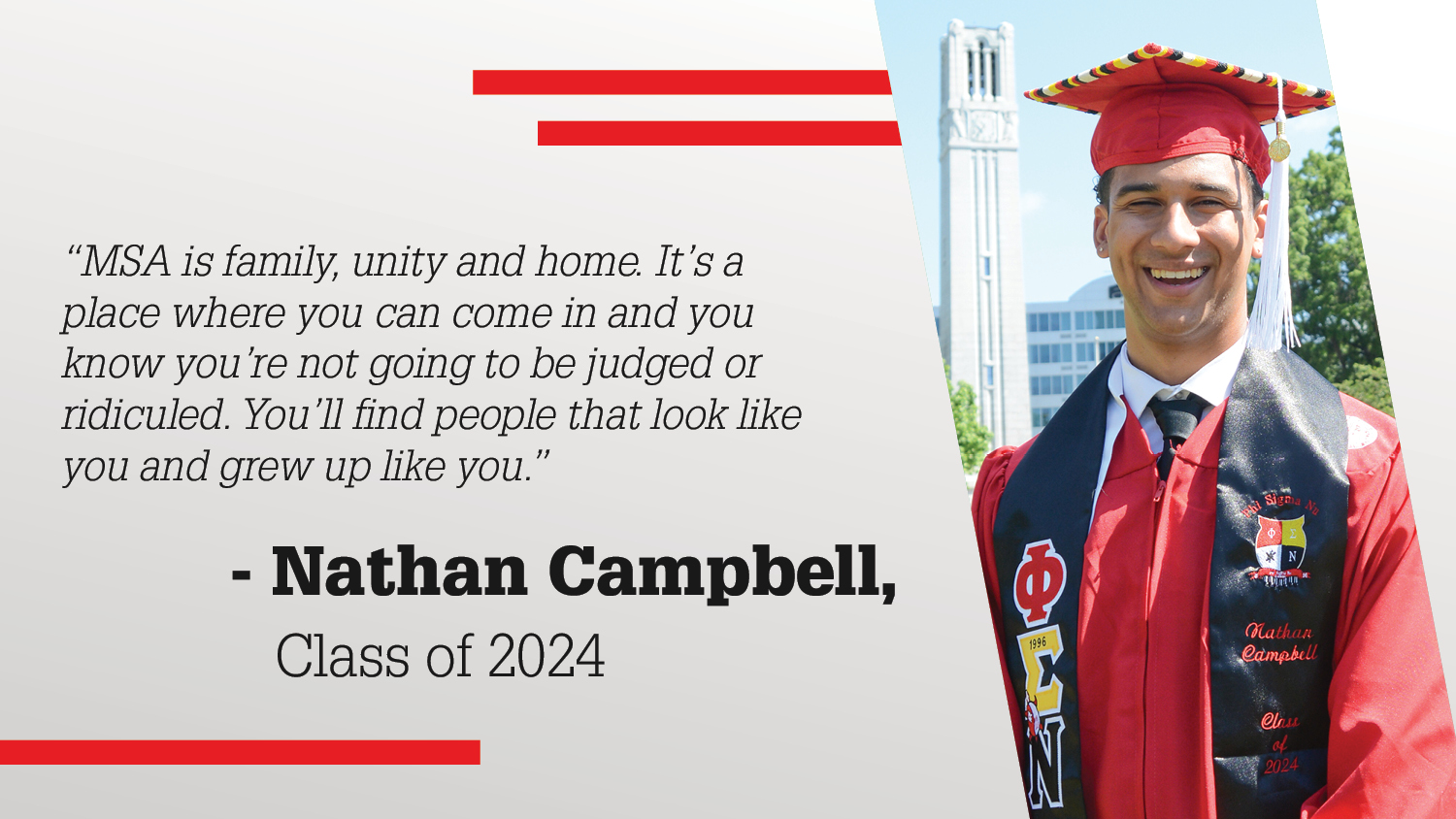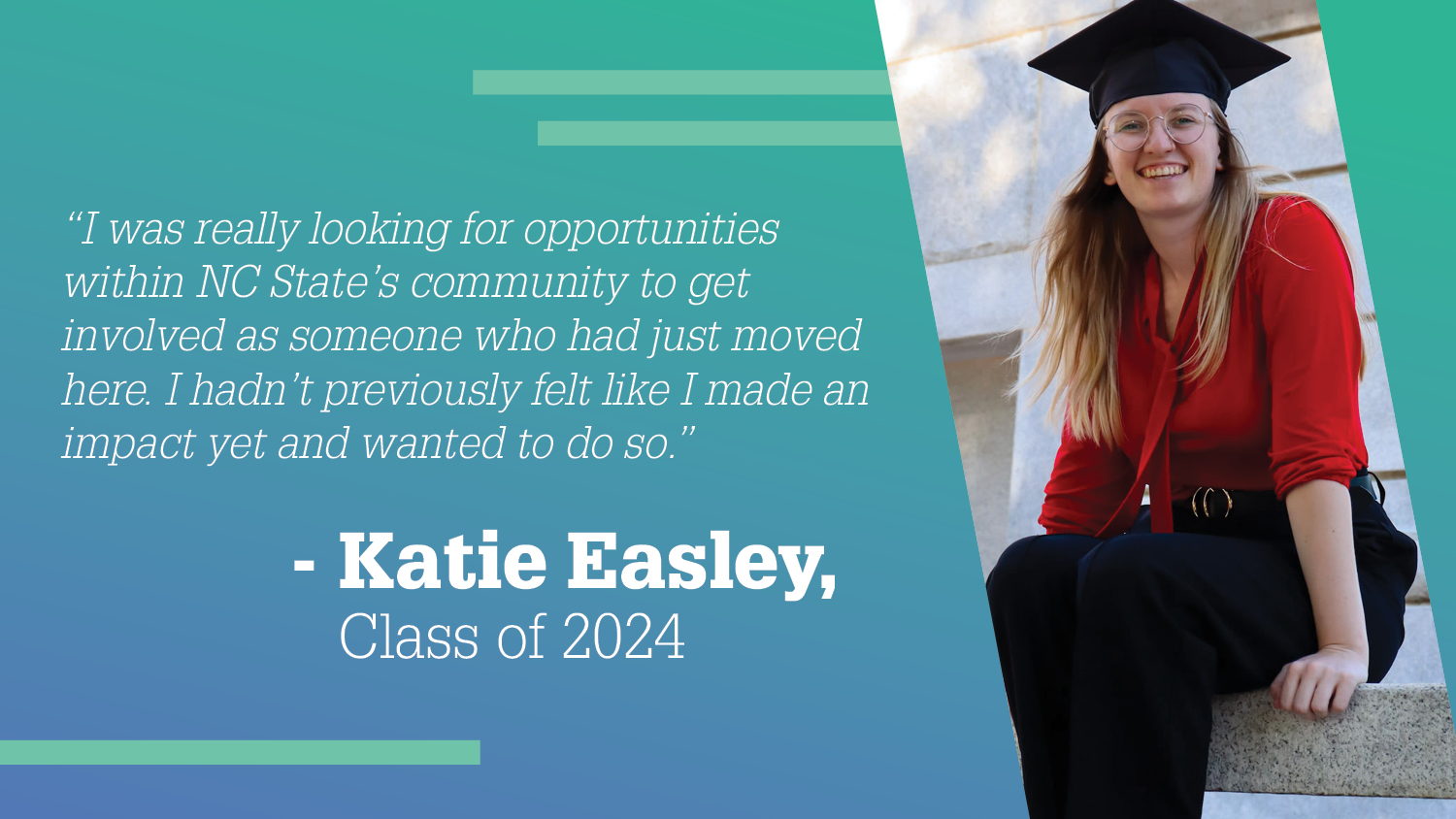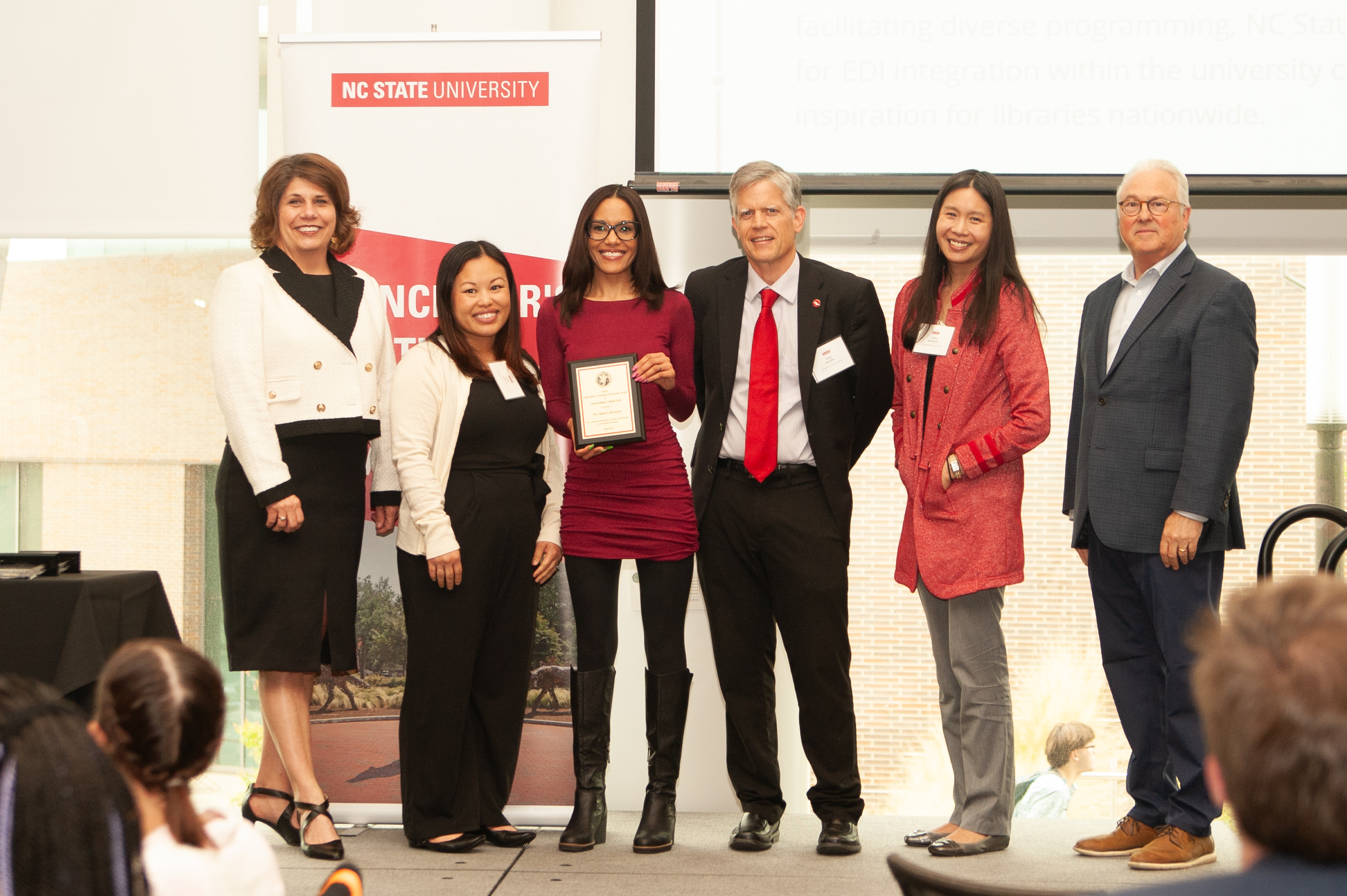What is a Safe Space?

The following editorial explores one student’s interpretation of the topic of safe spaces. Do you think of safe spaces differently? Join the conversation on Twitter or Facebook at @NCStateOIED. Please note that this editorial does not represent an official university definition or position.
If you were asked to define a safe space on campus, could you? Some might say yes, others maybe and some not at all. The term safe space generally means “a place or environment in which a person or category of people can feel confident that they will not be exposed to discrimination, criticism, harassment or any other emotional or physical harm.” (Oxford Dictionary). While this seems to be a fairly broad definition, there are two main ways that people think about safe spaces: ideologically or as a physical space that allows for the physical safety of members.
One of the main issues with these different understandings is that they create false narratives and allow for the misuse of the term. When we engage in these narratives and further these ideas as facts, we lose the true power of what safe spaces and brave spaces can bring to a college campus. To dispel these narratives and parce through the myriad associated nuances, we need to look at the definition of what a safe space is, but in the context of its setting. Depending on the setting, we can use different terminology accurately.
When it comes to spaces outside of the classroom, we can look at safe spaces in terms of how they are used. A safe space is typically meant for marginalized populations to have a space that is conducive to their physical well-being. It can also be used to voice common narratives throughout the group.
When we look at the classroom setting, we should lean toward engaging in brave spaces that offer “controversy with civility,” “owning intentions and impacts,” “challenge by choice,” “respect” and “no attacks” (NASPA, 2017, pg. 3-4). We need to engage in brave spaces within the classroom to dispel the narrative that they must be safe spaces for ideological isolation. When we talk about brave spaces, we actively try to reach open dialogue about hard topics so all sides can be expressed without fear of exclusion or discrimination.
Ultimately, we need new vernacular and definitions to parse through the complexity that safe spaces have become and to update and revamp our ideas of what a safe space and a brave space are. With these changes, we can see true safe spaces for what they are: a place for marginalized communities to be free of “discrimination, criticism, harassment or any other emotional or physical harm” (Oxford Dictionary).
Jacob Morton is an intern in the GLBT Center and an undergraduate in social work.
- Categories:


